5 Japanese Herbs to Grow in Your Garden
Japan is well known for cherry blossoms, fast trains, and stunning Mount Fuji. But Japan is also well-known for its food.
Japanese herbs and spices are responsible for giving Japanese cuisine its unique and exquisite taste loved by many, not just located in Japan, but around the world.
Japanese herbs offer unique flavors not always available in Western herbs.
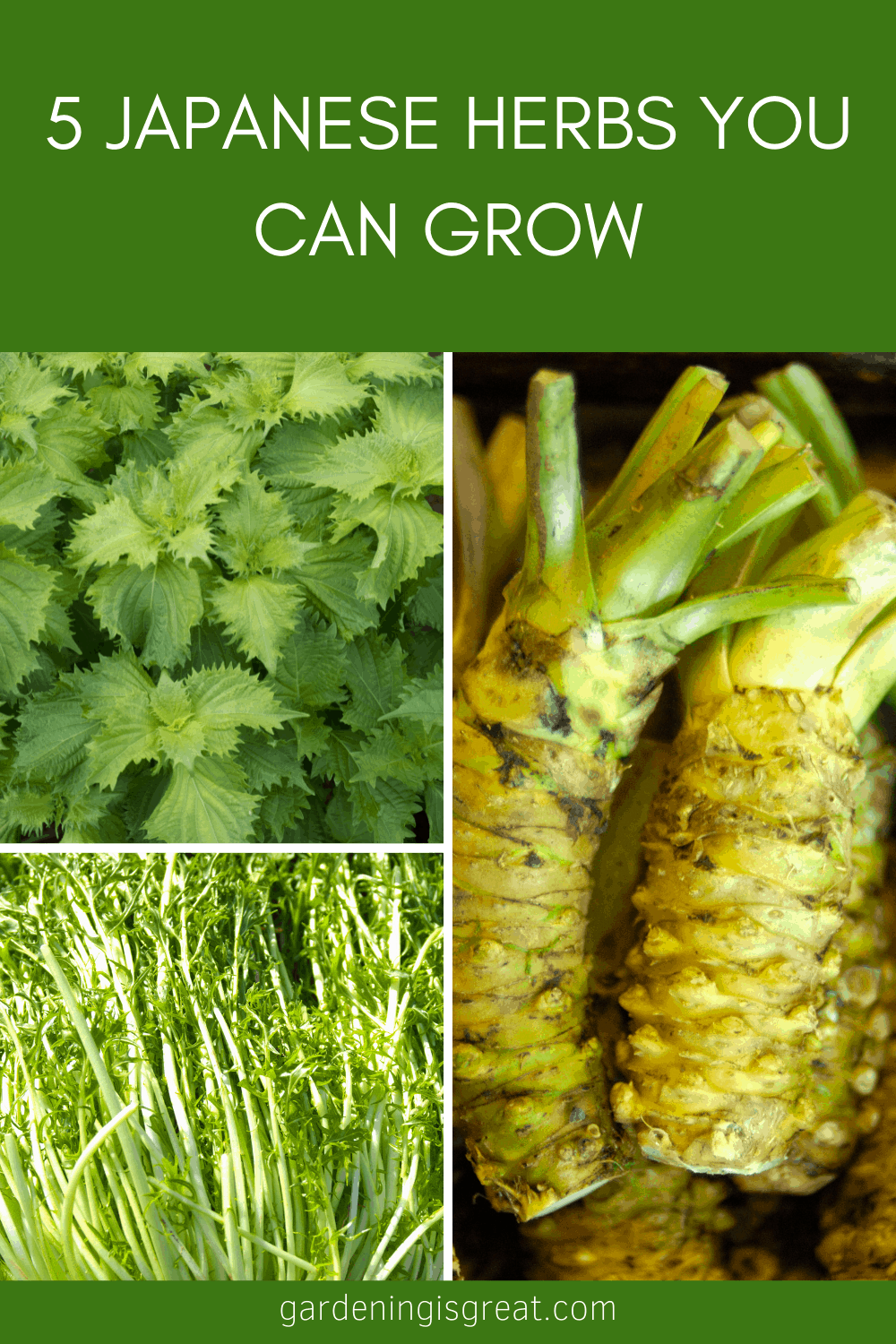
They are popular for their flavor, fragrance, and medicinal properties. Many herbs have been used for centuries for health benefits, especially in the past when access to medicines and healthcare was not readily available.
Nowadays, word has spread about Japanese herbs and more people are able to grow them at home. If you are looking to add a range of herbs from around the world to your herb garden, consider planting these 5 Japanese herbs:
Shiso
Shiso is a popular Japanese herb used in many dishes. It is part of the mint family and is most often used as a garnish, similar to basil.
Also known as perilla, shiso’s green leaves smell similar to cinnamon or cloves but taste more like mint, anise, and cumin combined.
Shiso can be used raw or cooked in an array of dishes. From being served with pickles, added to sushi, or served on the top of fish soup.
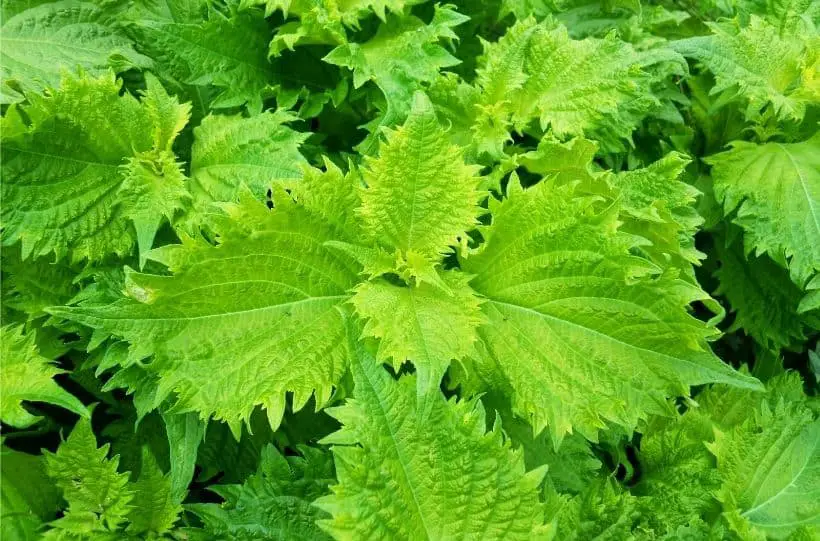
As with many herbs, if you are looking to grow this Japanese herb, it is best to start indoors. You can sow the seeds in seed trays at the end of Spring when the weather is warmer.
The seeds need to be in soil that is well-drained and with a regular temperature and water, they should germinate in around 7-14 days.
Once germinated, they can be transferred outside. Shiso should be planted in full to partial sunlight.
Alternatively, if you are hoping to have easy and regular access to your herbs, it is best to have your herb garden either indoors, or as close to the kitchen as possible.
Negi
Negi is a type of long onion that is longer, and thicker with a larger percentage of white stem compared to green leaves.
It is also sometimes called Naga Negi or Shiro Negi and is most often cooked in hot pot dishes. Similar to the way green onions are used, the green leaves from Negi are chopped and diced to be used as a garnish.
To grow Negi, the seeds need to be planted in Spring. They can be sown outside, but as with all herbs, are best started indoors.
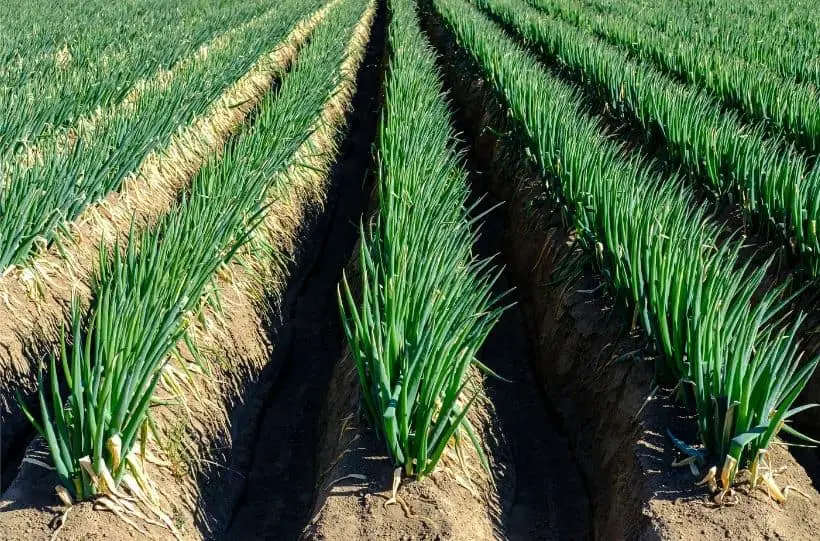
Negi grows in bunches, so it is best to plant 6-8 seeds together. Once transplanted outdoors, ensure to leave a large gap between each row of Negi to allow room for the leaves to grow from the bulbs.
For best-growing results, ensure the soil is loosened before planting to provide good drainage and that your herb has access to as much light as possible.
Wasabi
One of the most popular herbs within Japanese cuisine known around the world is wasabi.
Wasabi is part of the Brassicaceae family that includes horseradish, hence why it is so similar in taste.
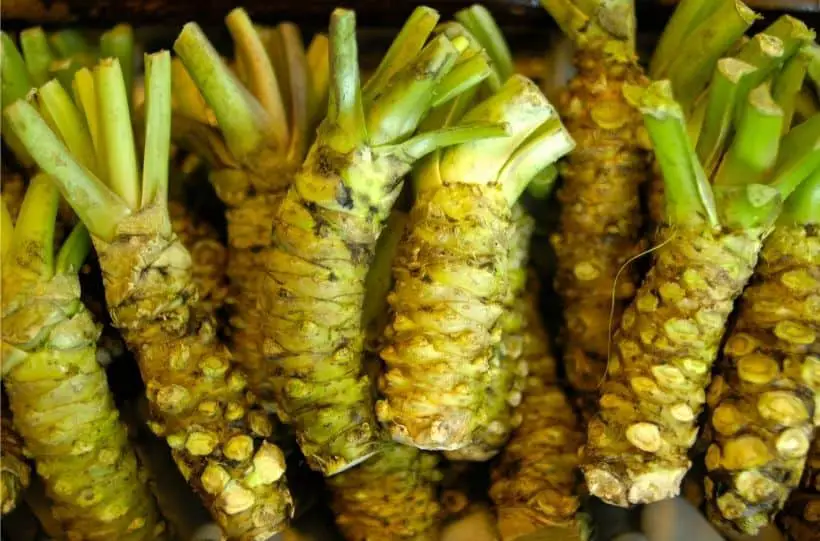
The whole herb is edible with the roots used to make a paste, the leaves provide a peppery taste when fried, and the stems are often pickled.
Though Wasabi is a popular Japanese herb, it can be incredibly difficult to grow. It can take up to 2 years to grow fully and needs the right temperature and quality of water in order to do so.
If you are up for the challenge, growing Wasabi can be very rewarding. In Japan, it is grown in the mountains where there is access to lots of water and shade, so it is beneficial if you can recreate this effect at home.
The easiest way to grow a Wasabi plant is to purchase a small, starter plant from your local gardening center. Wasabi can be grown as a house plant and needs well-drained soil and shade.
You can grow Wasabi plants from seeds but if doing so, ensure to pick a part of your garden that is warm, sheltered, out of the sunlight, and has fertile soil. The seeds also need soaking in water first for around 12 hours before planting.
It does take anywhere up to 2 years for the root stem or rhizome to grow. But during that time, you can make the most of adding the stems and leaves to your meals.
Mitsuba
This Japanese herb looks a lot like Parsley and belongs to the same family botanically. Similar in taste, Mitsuba offers a mild flavor in Japanese cuisine.
Mitsuba is often used raw as a garnish to soups, stir-fries, and salads. Otherwise, when cooked, it turns quite bitter in flavor and can alter the balance of the dish it is used in. Usually, only the leaves are used, similar to how parsley is cooked with. However, the roots, seeds, and stems are also edible.
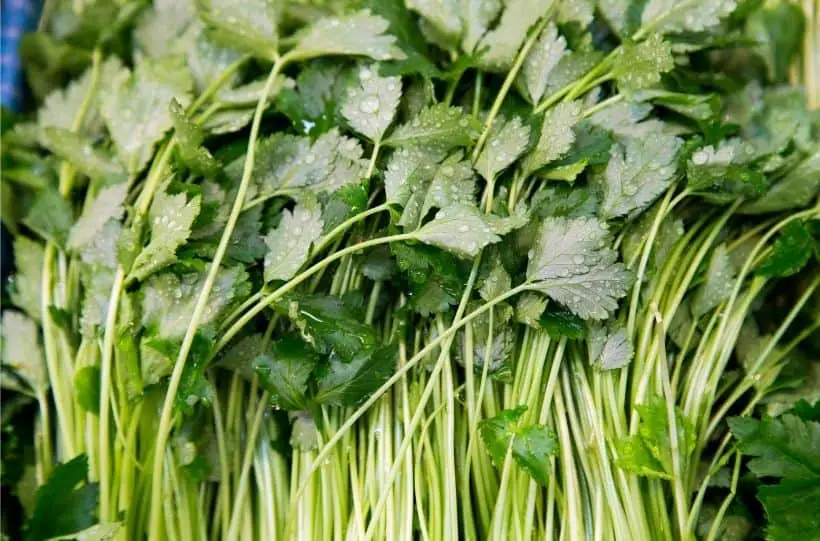
When considering planting Mitsuba, ensure to select an area that is mostly shaded with well-drained soil. This plant needs a consistent, warm temperature so might be best grown indoors if you live in an area with hot summers and cold winters.
Seeds can be sown in Spring with a couple of seeds per section of your seed tray. Once germinated, they can be transplanted and thinned out if necessary into larger containers, or directly into the ground outside.
Mizuna
Also known as Japanese mustard greens, Mizuna is part of the Brassica family that includes broccoli and kale.
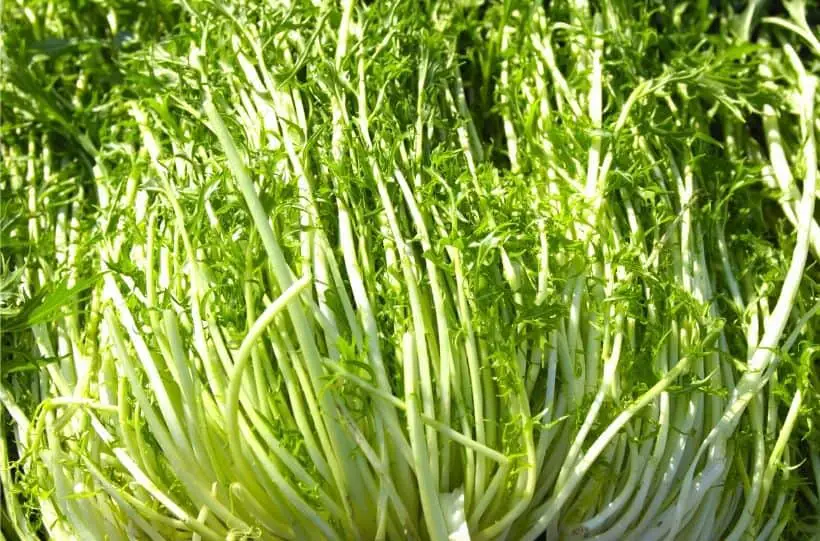
With a peppery bitter flavor, Mizuna is often used in hot pots, stir-fries, salads, and soups. These long, leafy greens are popular in Japanese cuisine due to their nutritional benefits including vitamins A, C, and K, iron, antioxidants, and fiber.
To avoid the last frosts in Spring, it is best to start growing Mizuna inside. You can sow the seeds with one seed per seed tray compartment. Seeds need cool, well-drained soil to germinate.
If choosing to transplant Mizuna outdoors once it has germinated, ensure to plant it in an area that is partially shaded and sheltered. Mizuna does not grow well in hot weather so needs shade and shelter for protection.
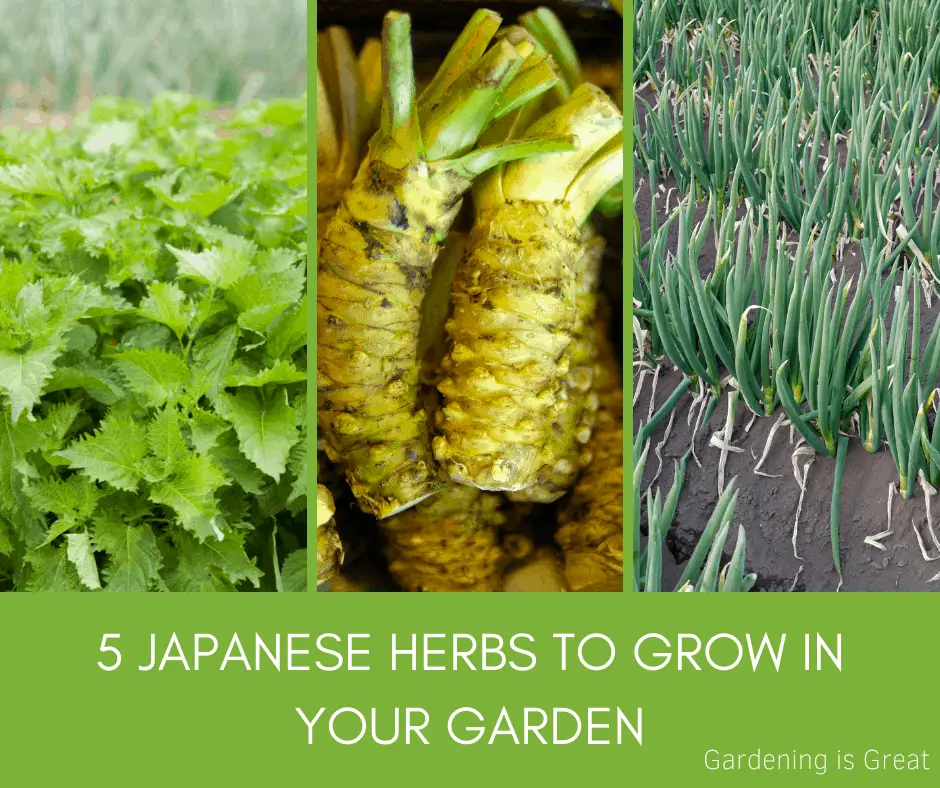
These 5 Japanese herbs are a good starting point to grow indoors or in your garden. With each herb offering a unique flavor, you can create a range of delicious dishes with ease from home.
Each Japanese herb can be grown either indoors for convenience, or in your garden if space is limited. Though some, like Wasabi, do require extra time and care, each plant makes an excellent addition to your traditional herb garden.
For more guides on growing herbs at home, take a look at some of our most popular posts:

